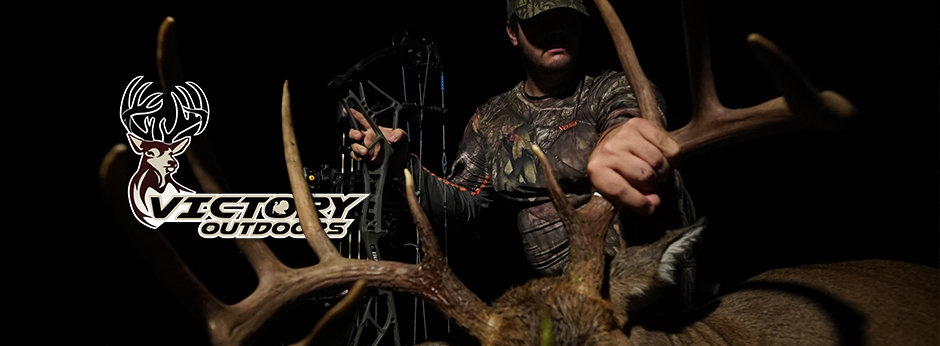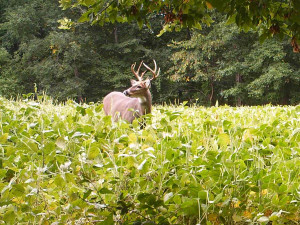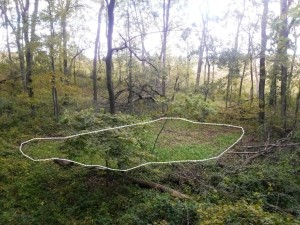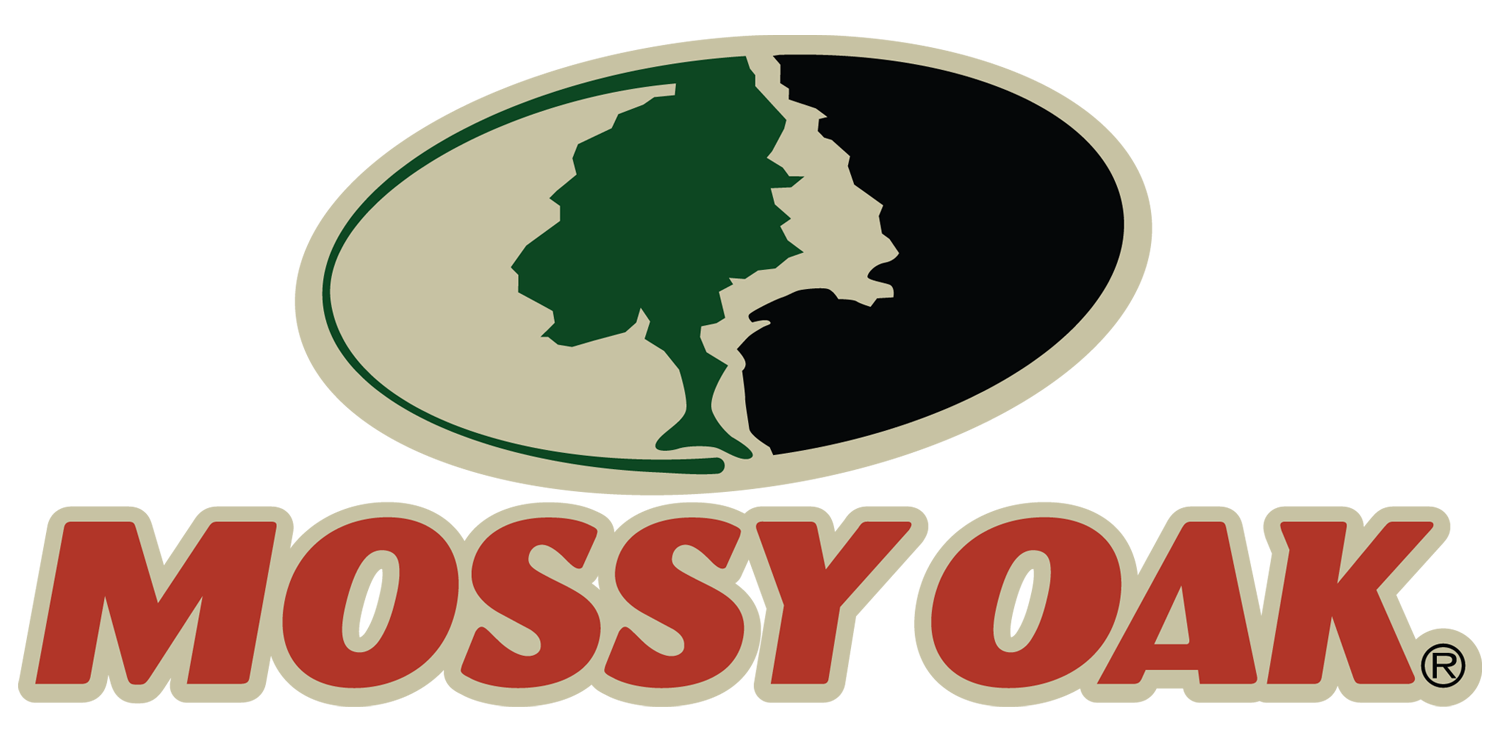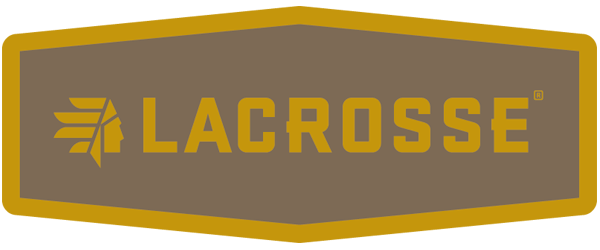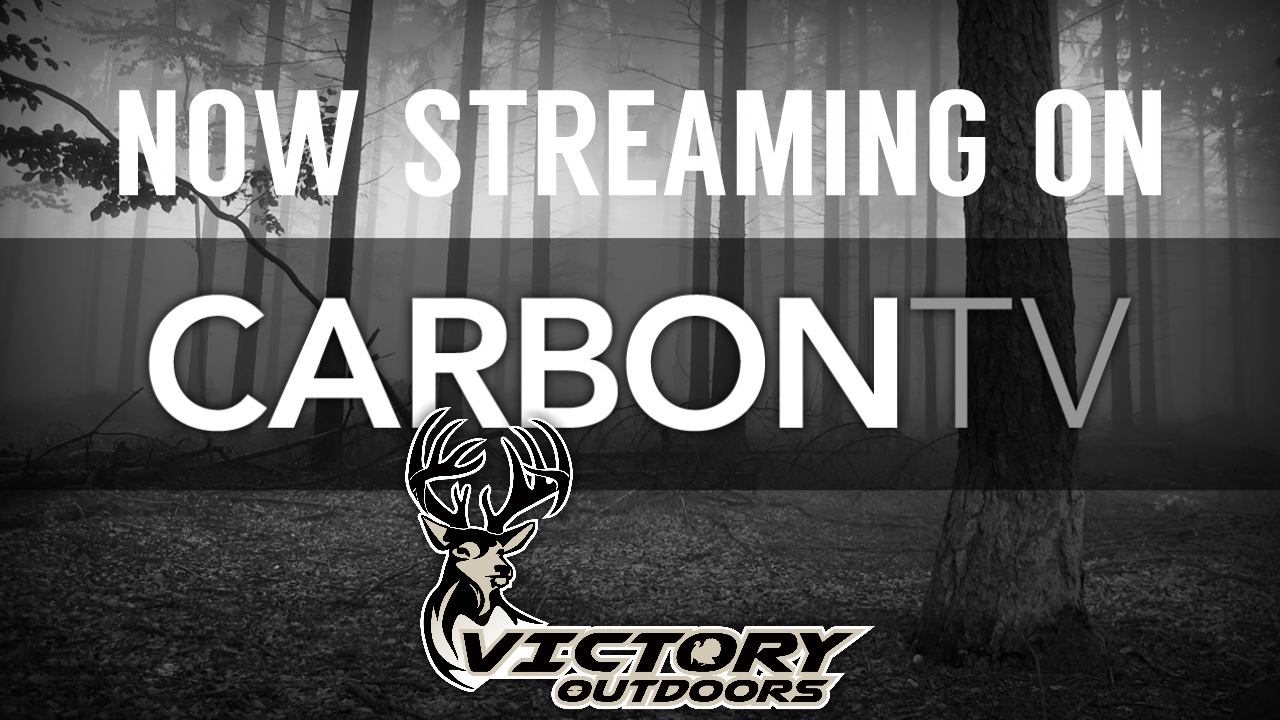Forming a Wildlife Management CO-OP
Success in managing the habitat for healthy wildlife populations depends drastically on the actions and attitudes of adjoining landowners. Wildlife doesn’t care who owns the land, they are just doing the best they can to make a living. Managing for wildlife on a small tract of land presents particular challenges. Wild animals are not usually confined by fences, the cost of a high fence is prohibitive and is generally not advisable for most tracts and the fact that it’s not considered fair chase.
With that said, I intend to give you some ideas on how neighboring landowners and hunting groups can pull together for a common cause. So, I know what some are thinking “Man are you nuts! Everyone has their own way of doing things. How can I just tell them how they should manage their land?” I would say, you’re right; you don’t and won’t need to. What I mean is the last thing you should do is come across as that neighbor that thinks he knows it all, guess what you don’t and I don’t. The idea here is to get you and your neighbors working together.
Yes you will have leaders, which need to be good organizers and help get the group together. This might be you or maybe you know just the guy or gal for the job. Whatever the case, first things first, how do you get everyone to come to the first “get-together”, not a meeting, not yet. A good idea is to have a Game Feed or a BBQ. At some stage during this event have your spokesmen ask who might be interested in learning more about wildlife management. At this point introduce your local wildlife agency personnel. (Biologist) Having this professional at this stage is great, because it’s not you telling them how great of an idea it is to have and they won’t feel pressure from a neighbor.
I know that many of you may not know or don’t think that you can get a biologist to show up, well it’s their job to help landowners and if they can do that and get fed in the mean time, some of the landowners I know would be there in a flash. Let the Biologist explain the finer points on how this group can pull together by forming a Management CO-OP. Some things to keep in mind are Habitat, Food Plots (both green browse and grain), the last and one of the more difficult one is Harvest Management. This one is the tough one and sometimes a touchy subject.
 Some hunters won’t like the fact that they think that someone is going to tell them what to shoot. That’s understandable, part of hunting is taking an animal on your own terms but whether you’re a trophy hunter or a meat hunter you can all get along. In most states there are doe tags for meat hunters and letting the younger bucks go to grow until next year. So what’s a big enough buck to shoot then, you ask, well that I’m not going to tell you. That is one thing that the group needs to decide on, and I would start by looking at what you have around there for bucks. Are there a lot of small bucks harvested each fall or does there seem to be a good number of bucks in the 125 class or 135 class? Whatever the case is set a harvest class, only shoot 125 and up, then in everyone is shooting 130s and up bump it up to 140. Like I said, it’s up to the group and the group as a whole has the best knowledge about what is on your land. Maybe for your area 150+ is a good number. Maybe your group doesn’t use a number but has the goal set, that a buck must be put on the wall (shoulder mount) to be shot. It’s not about someone telling another how to manage, more than it’s getting the newest and best information about habitat management, to the group. As a group they can decide the best plan of action.
Some hunters won’t like the fact that they think that someone is going to tell them what to shoot. That’s understandable, part of hunting is taking an animal on your own terms but whether you’re a trophy hunter or a meat hunter you can all get along. In most states there are doe tags for meat hunters and letting the younger bucks go to grow until next year. So what’s a big enough buck to shoot then, you ask, well that I’m not going to tell you. That is one thing that the group needs to decide on, and I would start by looking at what you have around there for bucks. Are there a lot of small bucks harvested each fall or does there seem to be a good number of bucks in the 125 class or 135 class? Whatever the case is set a harvest class, only shoot 125 and up, then in everyone is shooting 130s and up bump it up to 140. Like I said, it’s up to the group and the group as a whole has the best knowledge about what is on your land. Maybe for your area 150+ is a good number. Maybe your group doesn’t use a number but has the goal set, that a buck must be put on the wall (shoulder mount) to be shot. It’s not about someone telling another how to manage, more than it’s getting the newest and best information about habitat management, to the group. As a group they can decide the best plan of action.
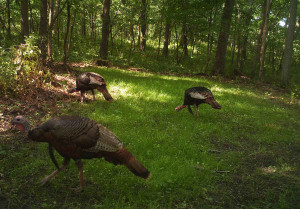 If you’re a good cook, hopefully you can get the Biologist to come back for other meeting, not every meeting, but if they can get to two meetings a year. Each time go over a new aspect to wildlife and habitat management. That way the group learns new things each time they are able to make it to a meeting. One thing that is very important is that not all landowners are hunters and they may be more interested in management for non-game animals or just would like to address soil and water conservation concerns. You need to make sure that you include them and what is important to them in the management plan. Don’t lose sight that it’s a plan that can make everyone happy but all members must give and take or it won’t work. Here are a few things to keep in mind about setting up the management coop.
If you’re a good cook, hopefully you can get the Biologist to come back for other meeting, not every meeting, but if they can get to two meetings a year. Each time go over a new aspect to wildlife and habitat management. That way the group learns new things each time they are able to make it to a meeting. One thing that is very important is that not all landowners are hunters and they may be more interested in management for non-game animals or just would like to address soil and water conservation concerns. You need to make sure that you include them and what is important to them in the management plan. Don’t lose sight that it’s a plan that can make everyone happy but all members must give and take or it won’t work. Here are a few things to keep in mind about setting up the management coop.
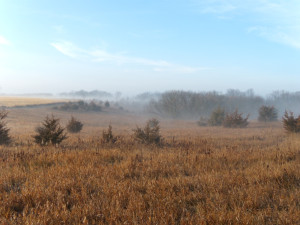 A deer’s home range is about one square mile (640 acres), although bucks can range several miles during breeding season. This means that on tracts of land less than 1,000 acres, the deer frequently move onto neighboring tracts of land. A neighbor’s oat patch can help support them during the lean times. Other wildlife present similar situations, for instance, a turkey’s summer and winter ranges are about one square mile, but the average shift between the two different areas is about four miles. Waterfowl and other migratory birds will travel great distances, but linger only if suitable habitat is available. Some songbirds remain throughout the year, but many are migratory, and a landowner’s ability to attract and see these species depends on surrounding habitat. Quail, pheasant, squirrel and other resident wildlife remain close to home, but are typically shared with the neighbors. This sharing is the reason wildlife belongs to the public.
A deer’s home range is about one square mile (640 acres), although bucks can range several miles during breeding season. This means that on tracts of land less than 1,000 acres, the deer frequently move onto neighboring tracts of land. A neighbor’s oat patch can help support them during the lean times. Other wildlife present similar situations, for instance, a turkey’s summer and winter ranges are about one square mile, but the average shift between the two different areas is about four miles. Waterfowl and other migratory birds will travel great distances, but linger only if suitable habitat is available. Some songbirds remain throughout the year, but many are migratory, and a landowner’s ability to attract and see these species depends on surrounding habitat. Quail, pheasant, squirrel and other resident wildlife remain close to home, but are typically shared with the neighbors. This sharing is the reason wildlife belongs to the public.
With that, I hope you can be the member or your group that can look back and say that you helped get a great project started. One last thing, make sure that all meetings have great food and maybe a few adult beverages, the food is key to getting people there. Remember this might not be for everyone of your neighbors and that is okay, if you can just get a few working to together it’s better than none at all. Someone needs to get the ball rollin’ why not you?
